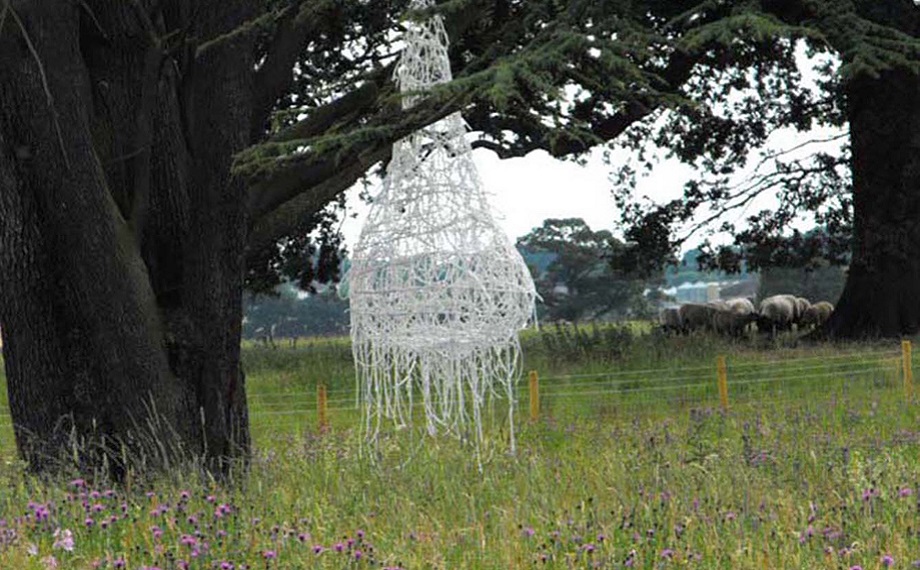Why is Outside Art so Healthy?24/05/2022Author: Tammy Woodrow
In September 2020 despite the pandemic, I organized a sculpture trail at St Mary’s Allotments, Leamington. We weren’t expecting much footfall because of people’s anxieties about catching the virus but visitors did turn up. During two weekends approx. 100 people came to this beautiful spot and they enjoyed a combination of nature, fresh air and art. A general feeling of mental well-being was generated by these components. The feedback from the visitors was extremely positive. Of course, we all know that walking in nature is healthy and that it releases tension but if you add art to these facts, it adds an extra layer of mental relaxation and stimulation. In Japanese culture there is a practice called Shinrin-yoku; loosely translated as nature therapy or forest bathing. You can also practice this virtually in your mind, by imagining that you are slowly and mindfully walking through a natural wooded area, this is reputed to deliver physiological benefits such as calming and restoring effects. The feeling of freedom when you are open-air makes your mind want to go discover and explore. Through encountering outside sculptures and installations your curiosity and imagination are challenged in a different way than when you are in a sterile, enclosed gallery environment. There are literally no boundaries outside; your mind can wander off freely into the distance. When outside art is well curated, it will be placed in a spot where you can make connections to nature and think about the links between the work and the world. Being creative outside is the cherry on top of the pie. Sketching and painting en plein air; those Impressionists knew what was good for them. Fresh air, sunlight and the feeling of freedom, not being restrained anymore by sitting in a stuffy studio, were the foundations of an exciting, rebellious movement. Although poor Van Gogh, who is considered to be more Post-Impressionist, spend most of his time painting outside but this did not improve his mental well-being much in the end. Nowadays, artists in England like Richard Long and Andy Goldsworthy are generally known as Land and Environmental practitioners. Their works are often part of actual landscapes. They create their installations far away from civilization and in doing so pay respect to nature. A while ago I bought Goldsworthy’s 1996 publication ‘Wood’ from the charity shop. In this stunning photography book he shows his affinity with the ideas of growth, of perpetual change, of natural transformations. Like life his art is ephemeral; ‘what has been drawn from nature will sooner or later merge with it again.’ He makes us think about the strengths and frailties to be found both in nature and in the human body. You can get these deep, meditative thoughts about life when you spend time with art in nature. These moments of clarity make you pause for a minute and appreciate the here and now a bit more. Artwork Image credits: Sculpture 'Nest' by Grace Newman 'Summer Allotments' by Angela Gordon-Web 'Spring Greens' by Angela Gordon-Web |
Why is Outside Art so Healthy? |


Comments